By now, we have completely understood that Vaastu is a way of planning and building our house in such a way that it becomes a pleasant experience to live in and avoiding the slightest of things that could mentally impact us in a negative way. It advocates that enough sun light enters your house, kitchen is not situated right next to our washroom, and to avoid hanging a picture that disturbs us at the subconscious level. Vaastu Shastra lays emphasis on the directions as it is believed that each direction supports a specific energy. It also highlights on the type of land or the selection of site that one should purchase to build a house.
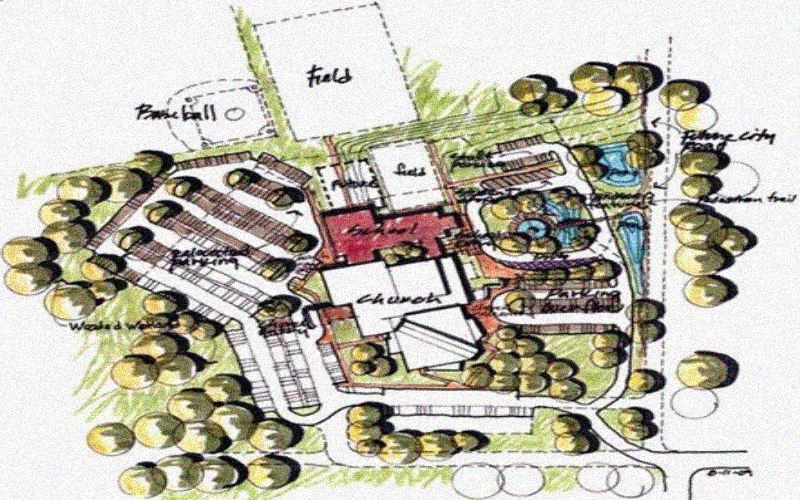
After the selection of the plot, the next critical thing that should be taken into consideration is the shape of the land. What should we prefer; a rectangular/square piece of land or a piece of land which is narrow at one end, a flat land, or an inclined piece of land? Yes, Vaastu is a bit more complicated than this and there are certain rules we don't understand. Perhaps these rules came because of long observations as to what type of land supports prosperity the most.
Some of the rules that are followed might have become redundant too. There could be certain things that were applicable in the ancient age but no longer fits in to the modern age. But that does not mean they were not apt. Adapting to the modern times is essential, but one can only do that when one understands the very soul of Vaastu and not just some rules which makes us comfortable.
All the ancient temples were built as per Vaastu. If we visit any of the ancient temples and a recently built temple (without considering all the aspects of Vaastu), we can clearly observe that the ambience of an ancient temple calms our mind and removes the mental toxins effortlessly. Many any ancient temples stand strong till date. They provide us peace of mind and tranquillity and literally they are the testimonies to Vaastu.
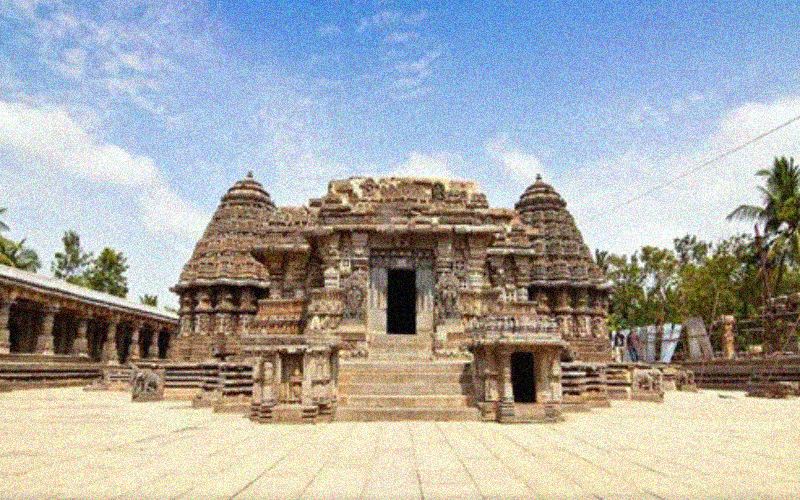
The shape of the plot affects the well-being of the inmates. Some shapes have positive effect whereas the others have a negative impact on the owner of the land and his family. Though the shape of a site plays a crucial role in the overall energy balance of any plot, just the shape must never be the only criteria for accepting or rejecting a plot. All other factors of Vaastu including the shape of the plot must be taken into consideration before deciding on a site.
When thinking of the shape, the first question that bothers our thinking process is, what is the best shape of a plot? Again, we will discuss this along with a logical reasoning with it.
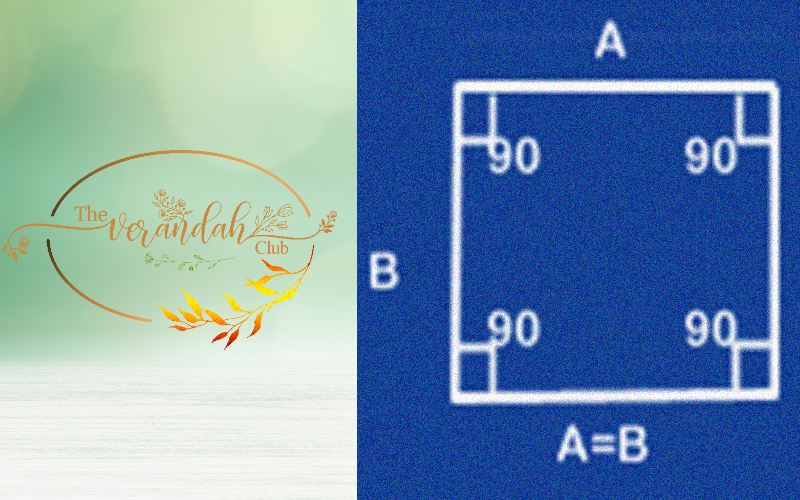
Square shaped site is the best shape: Since we all know that the best shape geometrically is the square. It is very stable and balanced and hence brings the same in the lives of the inmates. According to Vaastu, it ensures that the inmates enjoy all round prosperity and happiness.
The Reasoning - Right from the ancient times, since the courtyard planning was prevalent in those times, most of the houses were designed around a central square courtyard. It was a great planning idea for creating cross-ventilation in the house. It also protected from the hot summer heat. A square site was considered the best, as the site could be used fully, without any wastage of space around it.
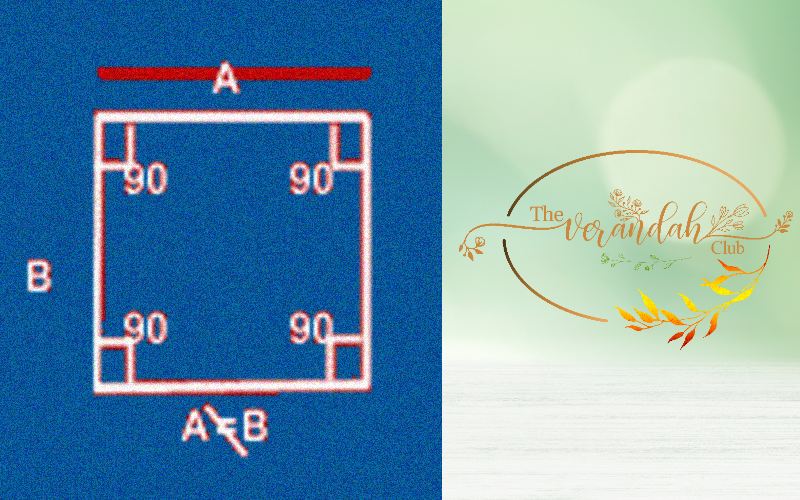
Rectangle shaped site is also a good consideration: Similar to the square site, a rectangular site also helps in utilizing the spaces properly with minimum wastage. If the longer sides run north to south, rather than west to east, it is considered a great option. It bestows good health, wealth and prosperity.
The Reasoning - Like the square site, it is easy to design a rectangle shaped house in a rectangle site even though there will be some extra land around the house. But this space can be used for planting trees, outhouse recreations etc., and hence is not wasted.
As an architect, I find the rectangular sites perfect for designing, as it helps in providing the best sizes for the rooms. There is literally no wastage of the spaces, and the extra spaces can also be used for the landscape purposes and creating a beautiful lawn. It is easier to design a house on rectangular lines, since this allows a good flow of interior spaces, and the proportion of the rectangle's sides is most suitable in designing rooms. It may be for this reason that the sites in cities are usually available in rectangular shapes such as 30'x40', 40'x60', 50’×80' etc.
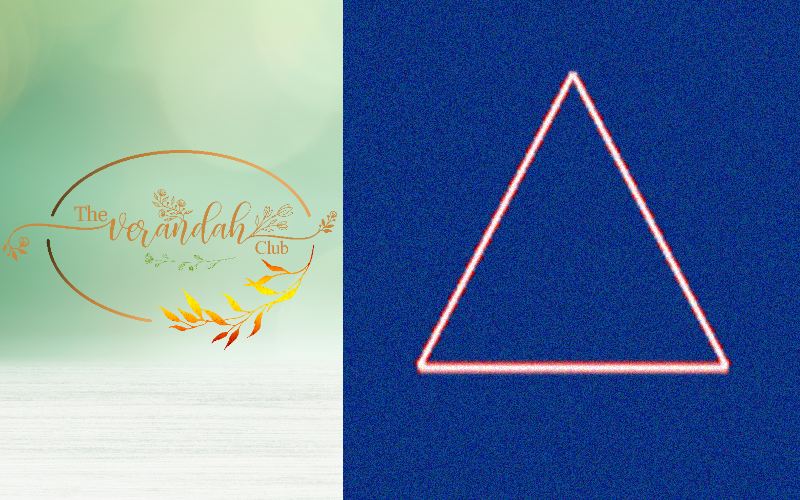
Triangle shaped Site is not considered good: However, if the site is very big, then it can be used by constructing a Vaastu compound wall so that it appears to be a square shaped site and then designing the building within it.
The Reasoning - In a triangular site, it is difficult to design a square or rectangular house, which is the preferred shape for an efficient plan. There will be a lot of wastage of land on all three corners and very little space on the periphery of the building. Also, the plinth area of the house will be much less if the same plan is drawn on a square or rectangular site of the same area.
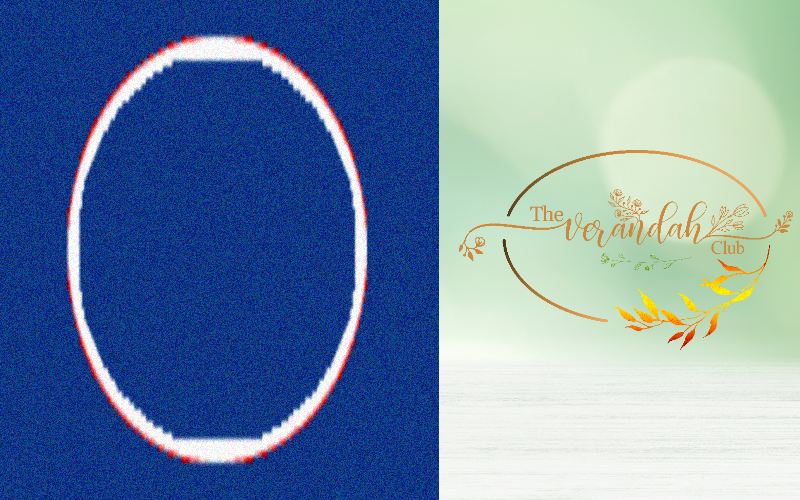
Circular/Elliptical/Oval shaped Sites are not considered good for houses: According to Vaastu, such Sites are only good for constructing circular/elliptical shaped buildings, like public buildings.
The Reasoning - Just like in a triangle shaped site, it is difficult to construct a rectangle or square house and there will be a lot of odd-shaped waste land around and hence is not considered worth buying for a house.
Trapezoid, Pentagon, Hexagon, Octagon shaped Sites are not considered good: However, if these shapes are made rectangular or square by building a Vaastu compound wall, so that it appears to be a square or rectangular Site, it can be used.
The Reasoning - Just like in a triangle shaped site there will be lot of wastage of land around the building and so is not considered worth the money you spend for the land.
L-Shaped Site is not good for a house: However, if it is possible to buy inside the L-shaped site to form a rectangle site, then it is fine. Or if the arms are wide enough then the site can be fenced off into a rectangle and the remaining portion can be used for a garden or some other structure.
The Reasoning - It will be difficult to design a square or rectangle shaped house in a L-shaped plot unless the arms are very wide.
A quick reference to the size of the plot and its effects as per the references from the various Vaastu Shastra books and articles has been summarized below.
| Shape of the plot | Figure | Effects |
| Square (all corners straight and at 90°) shaped |
| It is considered very auspicious and brings stability, balance, health, wealth and happiness. |
| Rectangular-shaped |
| It is considered good and auspicious. It brings all-round prosperity. |
| Circular-shaped |
| Good for constructing circular-shaped buildings only. It is considered good for the public buildings. |
| Wheel-shaped |
| It is not a great choice. It is believed in the ancient times that the owner of such a plot lost financial status and faced poverty. |
| Odd-shaped (Irregular shaped) |
| It causes all types of problems and financial losses. |
| Triangular-shaped |
| A triangular plot affects progress and causes problems from government. |
| Bhadarshan-shaped |
| Not good for residence. It can be used for special type of buildings like government buildings only. |
| Cart-shaped |
| Causes wants and financial crises, even imprisonment. It symbolises that the owner has to run here and there like a cart. |
| Long-bar-shaped |
| Not good if used for cattle shed, the cattle reared here perish. |
| Damru-shaped (A tiny size musical damru with deep bend in the middle) |
| Will have very bad effect on the eye sight of the inmates. Also, everyone in the house will lose discretion and make fright judgements. |
| Visham Bahu (Disproportionate shouldered) |
| Affects health, leads inmates to court litigations, drives them to poverty. |
| Drum, Dholak or Mirdung Shaped |
| Will cause loss of wife and other female members of the family. |
| Hand-Pan Shaped |
| Creates loss of wealth, cattle etc. This can be corrected and used if other aspects conform to Vaastu principles. |
| Varahan Mukhi Akaar (Pig-face-Shaped) |
| Causes death of brothers and relatives. |
| Turtle shaped plot |
| Causes imprisonment of the owner and his family members , untimely death and murders. |
| Window-shaped plot (Used for hand-winnowing to separate grains from chaff) |
| The inmates of this plot lose mental peace and face poverty. |
| Bow-shaped plot |
| Inmates of this plot face fear of theft, loot, attack by enemies etc. |
| Muslakar plot (Long oval like plot with cut in one side) |
| It brings enmity and loss of friendship |
| Hexagon-shaped plot |
| This is considered good if all other Vaastu principles are followed. It is said to be helpful in progress of family members. |
| Ellipitical plot (A regular oval shaped) |
| Loss in many ways like money, women and respect. |
| Polygonal plot (Panch Mukh) |
| Such a plot should not be inhabited before making it a rectangular plot otherwise it will bring legal litigations and false allegations. |
| Octagonal (Astha Kon) plot |
| It is auspicious and will bring all round prosperity. |
| Pot type plot |
| People who live on this plot face problems and obstacles for progress in their lives. |
| Simha Mukh (Lion-faced) like a lion’s face wider in front |
| Not good for residential purposes. It is very auspicious for business organisation. |
| Gaumukh (Cow-faced) like a cow's face narrow in front |
| Auspicious, provided the roads are in southern and western sides of plot. |
All the above effects of the size of the plots have been an outcome of the experiences of our ancient Vaastu pandits. These must not only be believed but must be considered as a reference. The ancient studies are not just the myths, but they have some logic in them. One of the logics which I believe in not considering these odd shapes is that since these shapes are not even, they might not have a proper balance of energy. This might create a not-so-pleasant effect in the lives of the inmates. So rather than blindly following these guidelines, it is advisable to feel the pace. We can also try and find out the history of the plot and people who owned it previously and understand the aura of the space.

I am an Architect, Interior Designer and a Vastu Consultant, with more than a decade of experience in conceptualization, designing and construction of diverse architectural projects. An alumnus of IIT-Roorkee, I have a thorough background in architecture and interior designing with expertise in directing all project phases. My passion towards architecture inspires me to keep learning about various new trends yet following the age old traditions.
NEXT ARTICLE